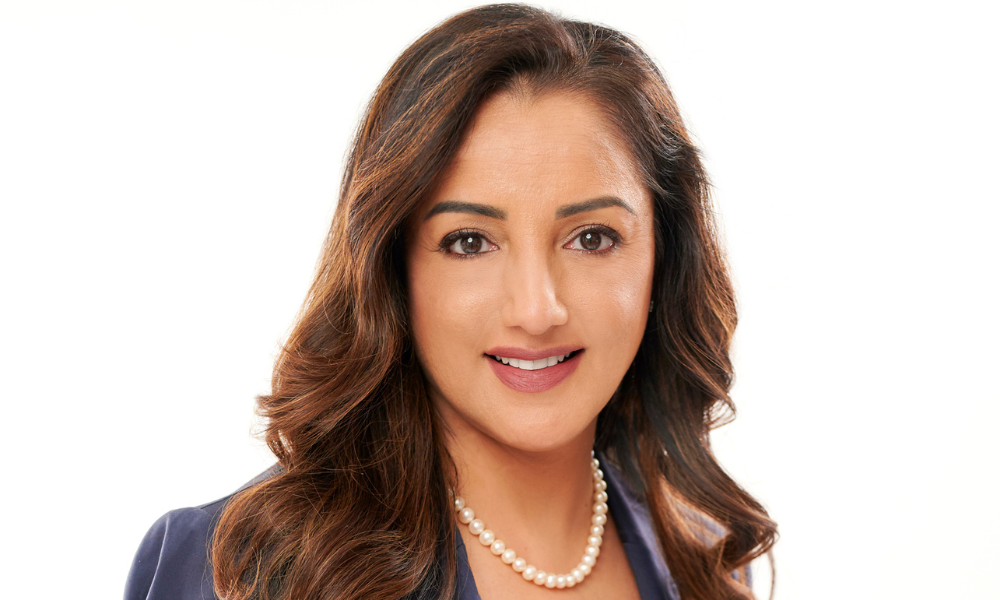HR leader at BFL Canada highlights several initiatives employers can take to attract and retain top talent

In today's competitive job market, a strong corporate culture has become a critical differentiator for employers looking to attract and retain top talent. Earlier this year, several reports cited Canadian employers expected an increase in turnover among employees throughout 2024.
This begs the question: how can employers ensure proper workplace wellbeing and stay competitive to keep their top talent? Tan Singh, chief human resources officer at BFL Canada, provides a comprehensive view on how a strong corporate culture is vital for both attracting and retaining top talent.
For one, Singh emphasizes that the foundation of exceptional service lies in having happy and engaged employees. “If you have happy and engaged employees, then your service will be top notch,” says Singh. This philosophy underscores BFL Canada’s approach to setting itself apart from competitors as the company invests heavily in employee engagement to ensure that their workforce is content and motivated. “If you work in an organization where your employees are disengaged and they're unhappy, that comes across to your clients.”
Singh is quick to point out that the current work culture, reflecting current economic conditions, is volatile where employees frequently switch jobs for various reasons, listing pay, benefits, or personal connections, as a few examples. “We have to attract the right people, but we've also got to retain them,” she added.
Singh notes that the shift to remote and hybrid work during the pandemic has only heightened the importance of cultivating a positive, supportive culture, which has forced companies to re-evaluate their value propositions to staff. For BFL Canada, this meant conducting a survey in 2022 that highlighted the need for improved benefits, particularly in wellness and mental health.
“You can't take for granted that the benefits that served us before COVID are going to be the same benefits that people value now,” she asserts. "After COVID, it's important that organizations have engagement surveys, grassroots meetings, and talk to employees to understand their needs. Our employees said, ‘It's not good enough. We want more in terms of wellness and mental health. We want more; not just on a physical sense, but on an emotional sense’”.
“Now, employees will look to employers not just to take care of them as an employee, but to take care of them and their families and their needs," added Singh.
To that end, BFL has invested heavily in expanding their benefits offerings, offering more coverage for mental health services, more comprehensive psychotherapy options, quicker access to Employee Assistance Programs (EAPs), wellness subsidies, and even team-building activities focused on physical and emotional wellbeing. "We've made it our business to support employees' personal and professional needs,” Singh says, highlighting that her team has gone from managing HR to becoming wellness advisors. This proactive approach has fostered a culture, Singh highlighted, where employees feel supported both professionally and personally.
"We worked with the benefit provider, they didn't have a strong enough plan, so we switched,” said Singh. “Now we're having a broader reach. People are getting triaged faster, they're getting support faster, and we're getting really good support."
Singh noted that employers should be flexible in the benefits that they offer, both in physical and workplace benefits but also wellness benefits. For example, BFL offers wellness subsidies, where “we have a lot of team building across the country that involve wellness initiatives like volunteering and physical activities, like hiking,” Singh highlighted. “It has to be interactive. It’s not just when you're in the workplace, but outside of the workplace [too]. It builds a sense of community.”
Flexibility in the workplace has also become a non-negotiable benefit for many employees as they seek structure, collaboration and mentorship. Singh acknowledges this shift, saying that employees now seek a balance between work and personal life. "During COVID, we couldn't get people to just stay at home. And then after COVID, it was getting them back to work. But now, people want the lifestyle. They don't want to be commuting every day."
Ultimately, Singh believes that creating a strong, adaptable corporate culture is essential for any employer looking to attract and retain the best and brightest. "Culture needs to be strong, you can't lose your identity and your brand as an organization, and you have to stick to it," she says. But that culture must also evolve to meet the changing needs of the workforce.
"You can't hang on to an identity that served you 20 years ago, or 10 years ago, you have to evolve the culture," Singh advises. "Companies need to understand [the younger generation] more. What are they valuing in a culture and what do they need to keep them motivated and contributing?"
By listening to employees, embracing diversity of thought, and continuously adapting its culture, employers can stay ahead of the competition, winning the war for talent. As Singh puts it, "Employees want more than a paycheck. They want a sense of belonging, they want a high level of engagement, but they also want to know that their employer takes care of them."



